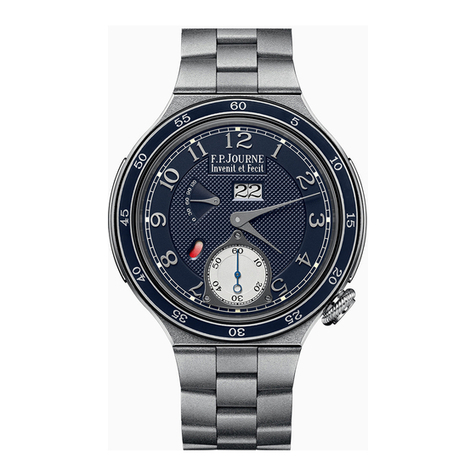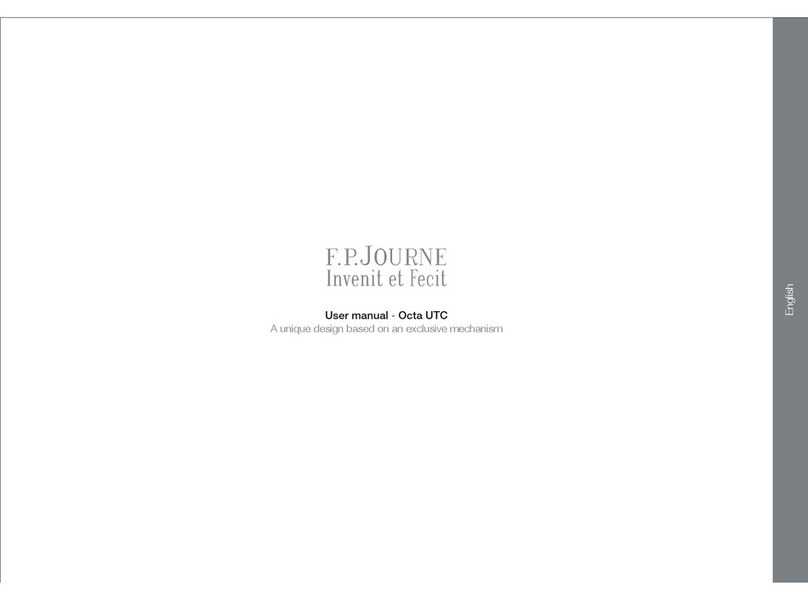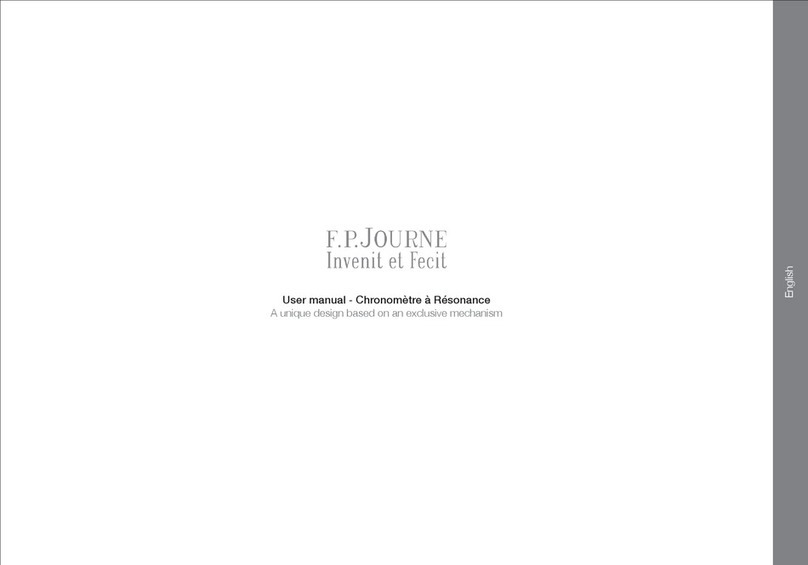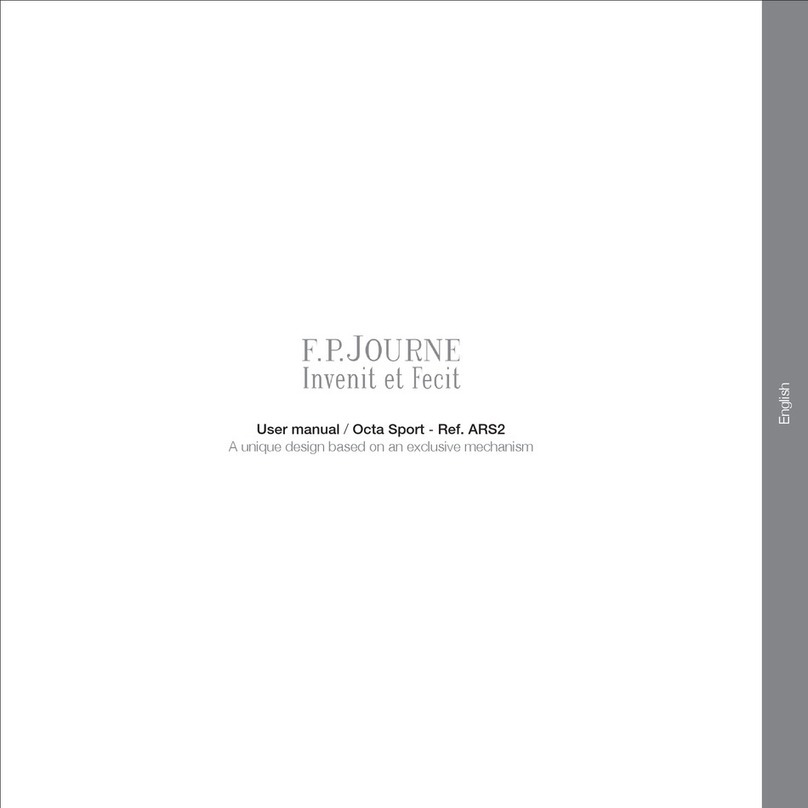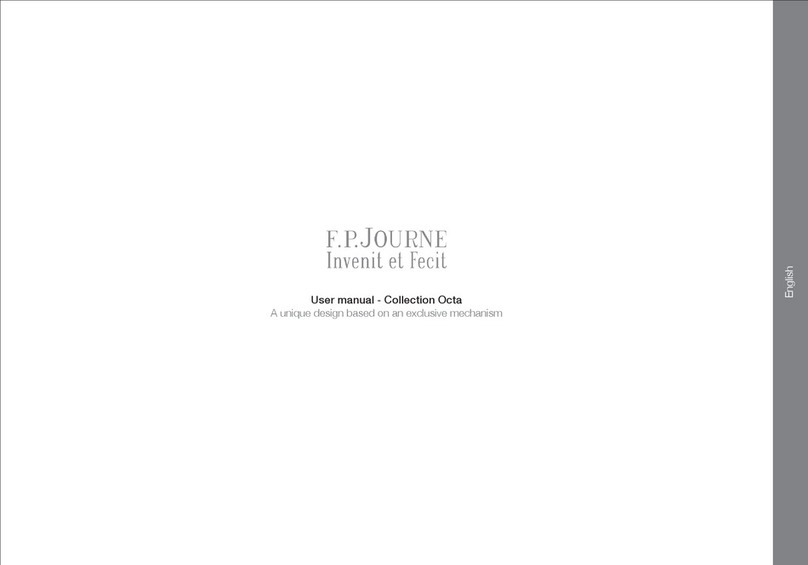
19
Any animated element transmits a vibration to its environment. When another element picks up this vibration, it absorbs its
energy and begins to vibrate at the same frequency. The first is called the “exciter” and the second the “resonator”. This physical phe-
nomenon known as “resonance” is an integral part of our daily lives and yet we hardly even notice it.
When you are looking for a channel on the radio, it crackles until the chosen wavelengths meet those of the transmitter: only
then do they harmonise and begin resonating together.
Resonance concerns many fields, including those related to mechanical engineering, music and human beings. As musician
Keith Jarrett had confirmed in our first catalogue: “This is particularly obvious in music, with lutes and sitars, for example, that have
strings which only purpose is to vibrate by resonance. The musician never touches them, despite their proximity to the strings that are
plucked.”
Two centuries after the discovery of the phenomenon, François-Paul Journe undertook the challenge with a first creation for
a pocket-watch. Back then, it did not yet perform according to his expectations. It took fifteen years of work for the watchmaker to
gain the maturity and experience that is required to meet the standards of actual wrist wear and provide high performance chronometry.
Fifteen years, that allowed him to present, as a world premiere, the very first resonance wristwatch, pushing the limits of chronometry
where they had never gone before.
Each of the two balances alternately serves as exciter and resonator. When the two balances are in motion, they enter into
sympathy due to the resonance effect and begin beating in opposition naturally. The two balances thus rest against each other, giving
more inertia to the movement.
Nonetheless, this harmony is possible only if the difference in frequency between them doesn’t exceed five seconds per day
of accrued difference on six positions. Adjusting them is an extremely delicate task.
Whereas an external disturbing movement affects the running of a traditional mechanical watch, the same disturbance, with
a resonance watch, produces a spin that accelerates one of the balances as much as it slows the other down. Slowly, the two balances
work back towards each other to find their harmony position, thus eliminating the disturbance. This innovative chronometer offers
a level of precision that is unequalled in the field of mechanical watches.
What is the resonance phenomenon?
Two frequencies which get into harmony_
Research on resonance_






